The Galápagos Islands, an archipelago of volcanic islands scattered across the equator in the Pacific Ocean, are one of the most unique and captivating destinations on Earth. Renowned for their unparalleled biodiversity and as the inspiration behind Charles Darwin’s theory of evolution, these islands offer an extraordinary experience for travelers seeking adventure, wildlife encounters, and a deeper understanding of our natural world.
A Brief History of the Galápagos Islands
The Galápagos Islands were formed by volcanic activity over the past 4-5 million years. The oldest existing island, Española, is estimated to be around 3.5 million years old. The archipelago consists of 13 major islands, 6 smaller isles, and over 100 rocks and islets. Though uninhabited for much of their history, the islands were known by indigenous South Americans and were officially discovered by Fray Tomás de Berlanga, the Bishop of Panama, in 1535. Early explorers named the islands after the giant tortoises, whose saddle-shaped shells resembled the Spanish word “galápago” (saddle). Known as the Enchanted Islands due to the difficulty of navigating their tricky winds and currents, the Galápagos became a haven for pirates and whalers in the centuries that followed.
Charles Darwin’s visit in 1835 laid the foundation for his theory of evolution by natural selection. His observations of the differences between similar species on separate islands led to groundbreaking scientific discoveries that continue to influence our understanding of the natural world. In 1959, the Galápagos were declared Ecuador’s first National Park, and in 1978, they were designated as the first UNESCO World Heritage Site.
When to Visit the Galápagos Islands
The Galápagos have two distinct seasons:
Dry Season (June to December)
- Cooler, drier weather with average temperatures around 25°C.
- Ocean waters are colder with increased nutrient levels, attracting more wildlife.
- Ideal for snorkeling and diving enthusiasts, though the sea can be rougher.
- High tourist season, so attractions are busier.
Wet Season (January to May)
- Wildlife breeds during this time, making it perfect for birdwatching and observing turtle nesting.
- Ocean waters are warmer and clearer for swimming and snorkeling.
- Fewer tourists, but heavier rains and calmer seas.
How to Get to and Around the Galápagos Islands
Getting to the Galápagos involves flying into one of two small airports, Isla Baltra or Isla San Cristobal, from Ecuador’s mainland cities of Guayaquil or Quito. Roundtrip flights take around 3 hours and cost $400-$500. Visitors can explore the islands either on a cruise or via daily boat trips and flights while staying in hotels on the inhabited islands.
Where to Stay in the Galápagos Islands
Santa Cruz
The most populous island, Santa Cruz, offers the widest variety of hotels, resorts, and budget options. It is home to the Charles Darwin Research Station and is close to attractions like the El Chato Tortoise Reserve.
San Cristobal
The charming port town of Puerto Baquerizo Moreno on San Cristobal has boutique hotels and lodges in the highlands. It is a great base for scuba divers.
Isabela
Isabela is a laid-back island with scattered accommodation choices. It is ideal for nature lovers and those seeking a quieter experience.
Floreana
The smallest inhabited island, Floreana, has few hotels and is known for its black sand beaches and rich history as one of the first settled islands.
Top Things to Do in the Galápagos Islands
Wildlife Viewing
The Galápagos are famous for their fearless and unique wildlife. Visitors can observe:
- Giant tortoises at reserves like El Chato on Santa Cruz.
- Blue-footed boobies and red-footed boobies performing their unique mating rituals.
- Marine iguanas, the world’s only seagoing lizards.
- Galápagos penguins, the only penguins found north of the equator.
Snorkeling & Scuba Diving
Swim with sea turtles, reef sharks, stingrays, sea lions, and tropical fish at top spots like Champion Islet, Gardner Bay, and Devil’s Crown.
Hiking & Land Tours
Trek over lava fields, around volcanic craters, and to scenic viewpoints. Popular hikes include:
- Sierra Negra volcano on Isabela.
- El Junco Lagoon on San Cristobal.
- Cerro Tijeretas on Santa Cruz.
Visiting the Charles Darwin Research Station
Learn about conservation efforts at this legendary research facility on Santa Cruz island.
Insider Tips for Visiting the Galápagos
- Avoid the crowds by visiting lesser-known islands like Española, Fernandina, Santiago, and Genovesa.
- Pack motion sickness tablets as boat rides between islands can be rough.
- Bring binoculars to better observe wildlife from shore and boats.
- Wear lightweight, quick-dry clothing as temperatures are hot year-round.
- Don’t touch or feed the wildlife to respect their natural habitats.
- Try delicious local foods like ceviche, encocado, or churrasco.
- Book cruises well in advance as ships fill up quickly, especially during high season.
The Galápagos Islands offer an unparalleled adventure where you can witness unique wildlife, explore otherworldly landscapes, and follow in the footsteps of scientific history. From snorkeling with sea lions to hiking ancient volcanic craters, every moment in the Galápagos is a reminder of the delicate balance and extraordinary beauty of our natural world. Whether you are a nature lover, a history buff, or simply seeking an unforgettable experience, the Galápagos Islands are a destination that promises to leave you in awe.

By Lily Simpson/Apr 6, 2025
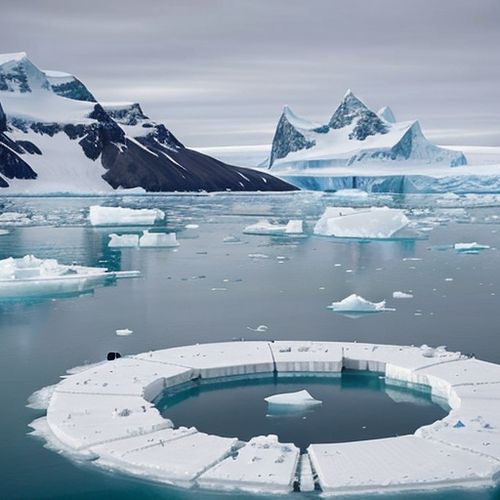
By William Miller/Apr 6, 2025

By Joshua Howard/Apr 6, 2025

By Christopher Harris/Apr 6, 2025
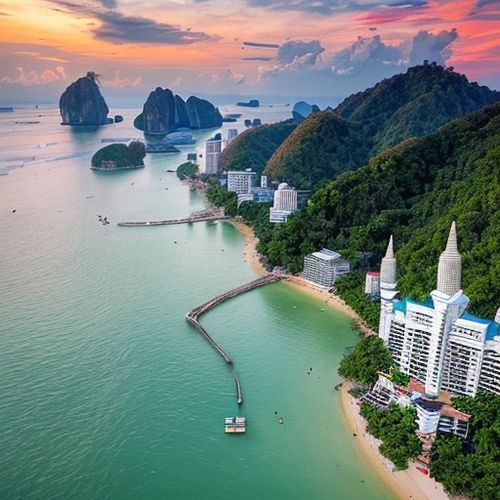
By Jessica Lee/Apr 6, 2025
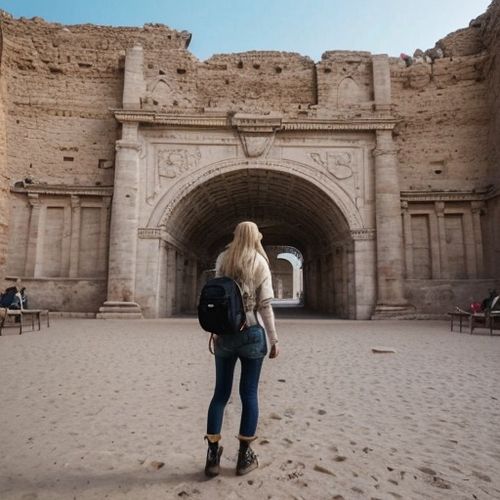
By Benjamin Evans/Apr 6, 2025

By Michael Brown/Apr 6, 2025

By Olivia Reed/Apr 6, 2025

By Victoria Gonzalez/Apr 6, 2025
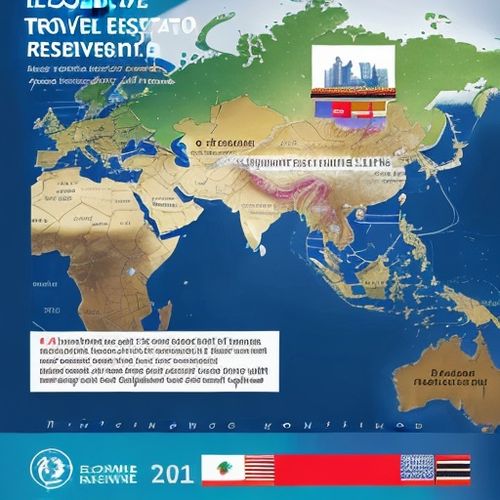
By Christopher Harris/Apr 6, 2025
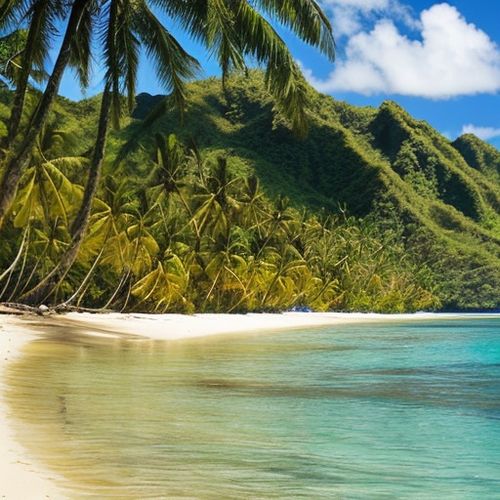
By Emily Johnson/Mar 31, 2025
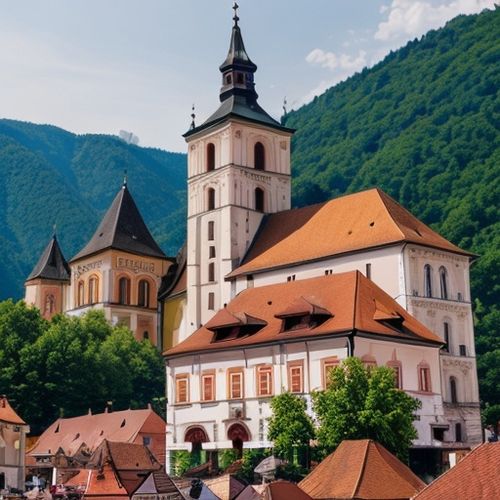
By Emily Johnson/Mar 31, 2025
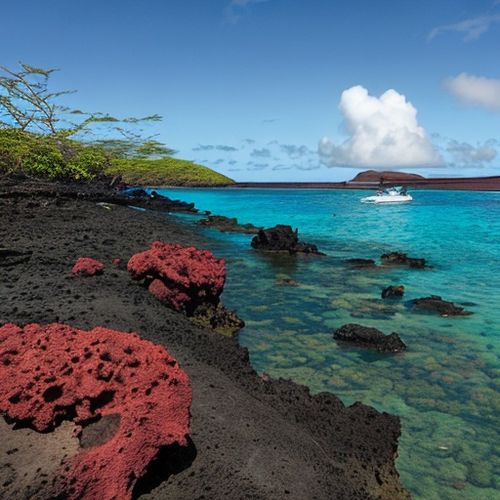
By John Smith/Mar 31, 2025
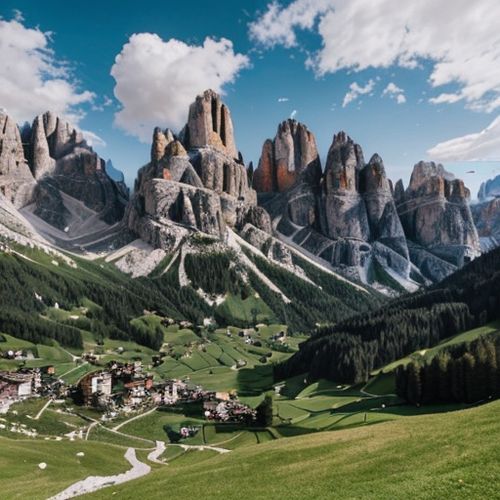
By Emily Johnson/Mar 31, 2025
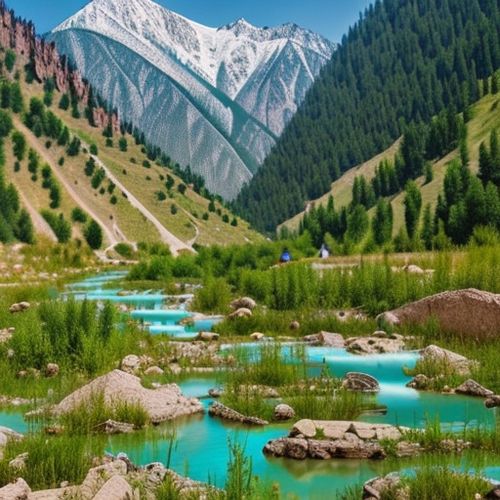
By Amanda Phillips/Mar 31, 2025
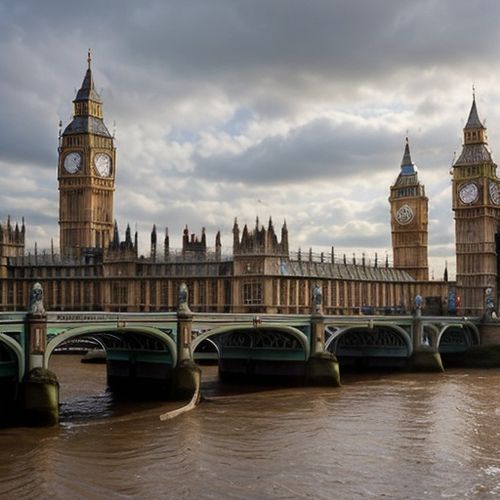
By Victoria Gonzalez/Mar 31, 2025
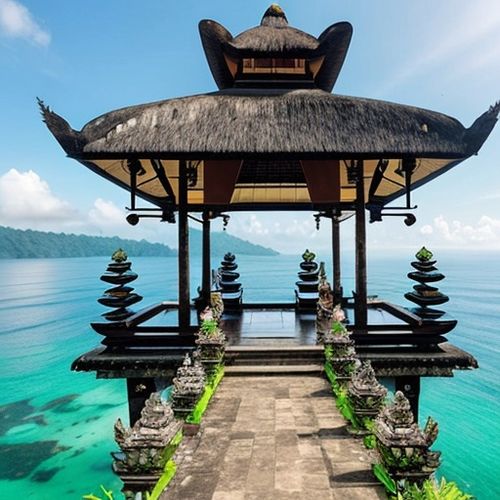
By Noah Bell/Mar 31, 2025

By Sarah Davis/Mar 31, 2025
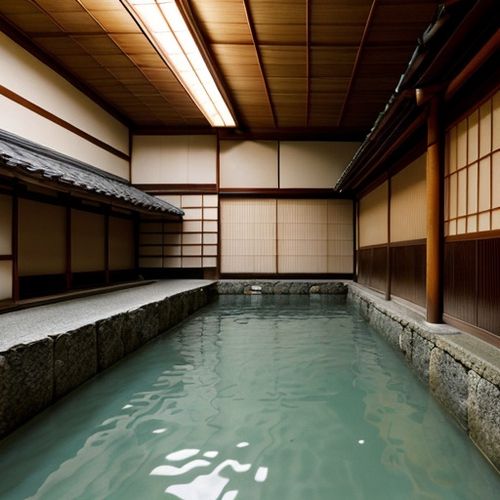
By Laura Wilson/Mar 31, 2025
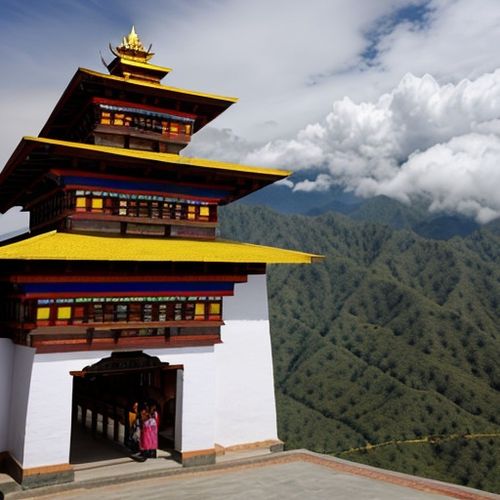
By Sarah Davis/Mar 31, 2025